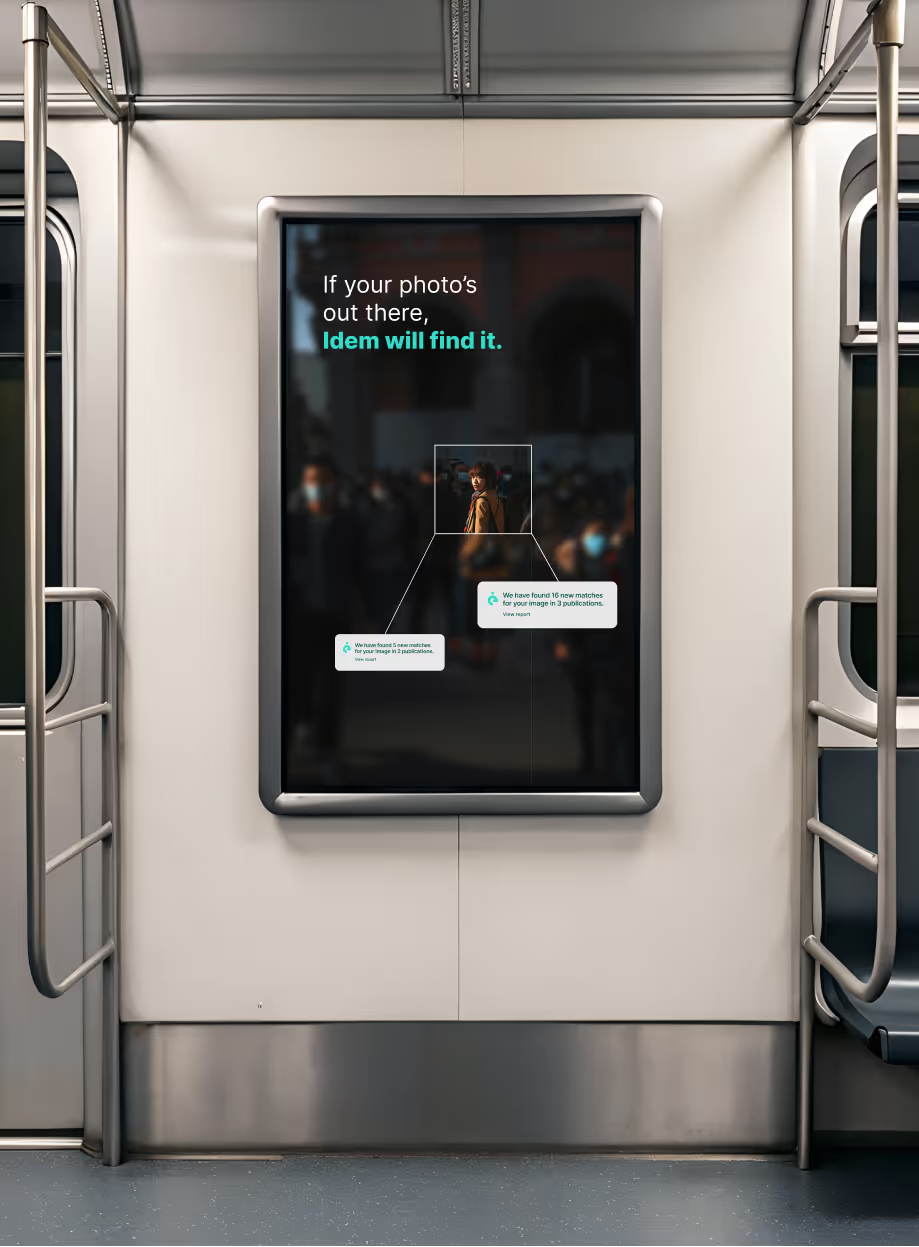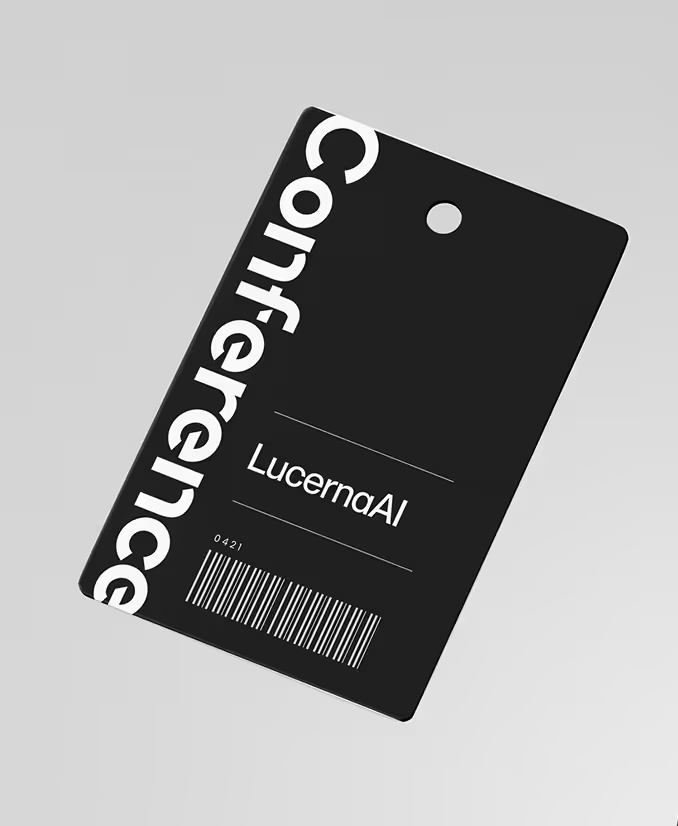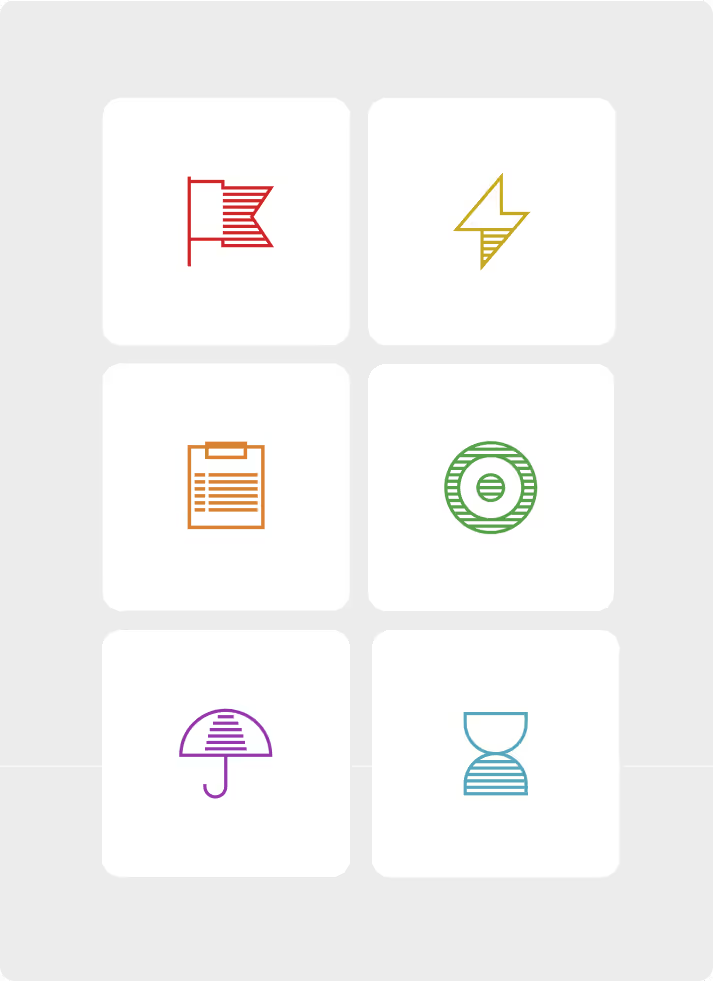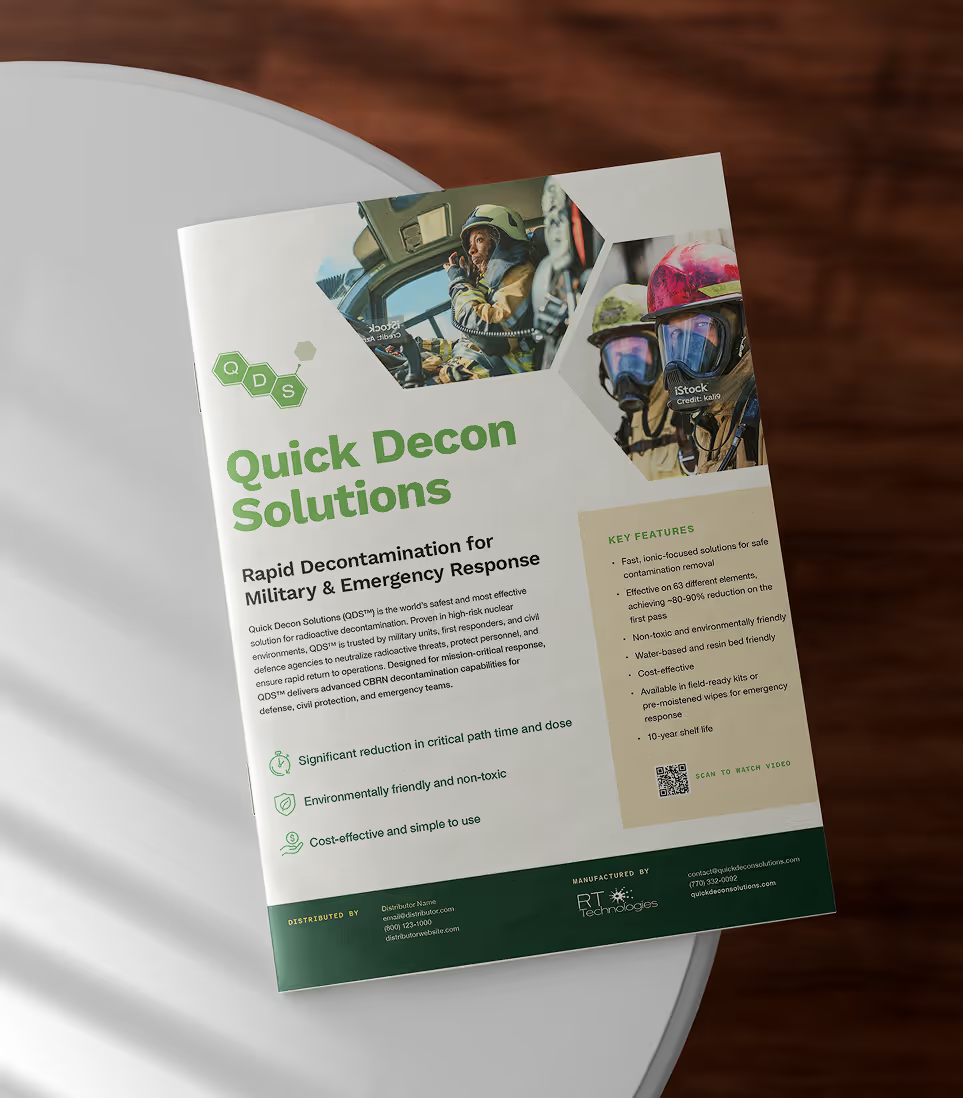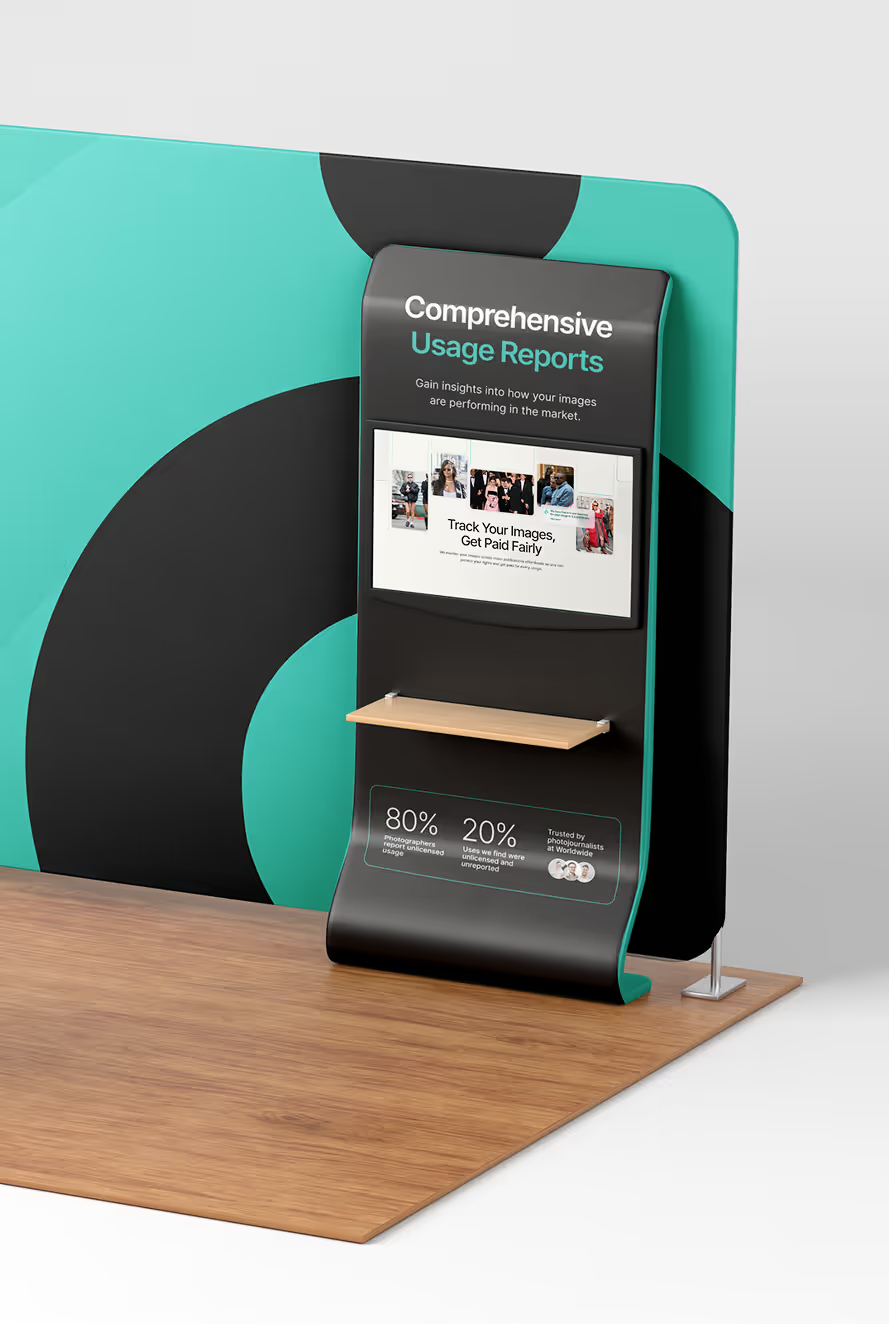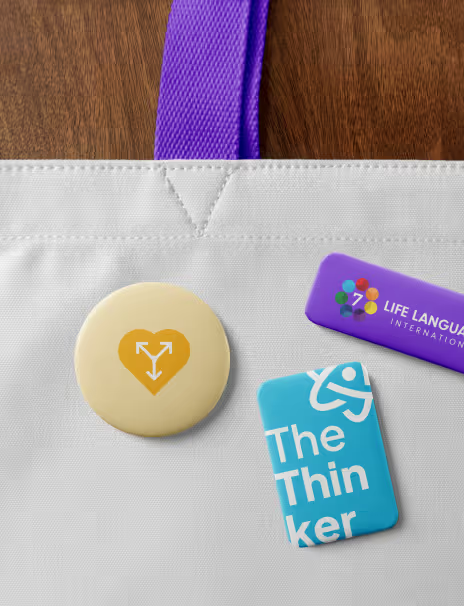What if design wasn’t a finish line, but the lens you start with?
From our work with early-stage founders, we’ve noticed a pattern: teams that treat design like a coat of paint end up working twice — once to ship, again to make it make sense.
When design leads from day one, strategy becomes visible. Choices line up. Product, site, and story sound like they came from the same brain — because they did. That’s how momentum builds.
Why Designer-Founders Move Faster
Early products can tick all the right boxes and still feel slightly off.
Onboarding is fine. Homepage is fine. Deck is fine. But growth stalls. Because users aren’t just asking can it do the job? They’re asking does it feel like it’s for me?
Designer-founders close that gap. They make dozens of small, consistent decisions that communicate positioning before a single line of copy. UI, tone, and brand all point in the same direction — who it’s for, what it does, and why it matters now.
- Coherence builds trust. When everything tells one story, “yes” comes sooner.
- Alignment saves re-work. Shared principles mean fewer mid-launch U-turns.
- Clearer feedback loops. A crisp experience draws sharper, more useful reactions from early users.
The Cost of Bolt-On Design
Many roadmaps still go build → brand → “clean up UI” → add copy.
We’ve worked with teams who followed that order and inherited friction they didn’t need:
- Mixed signals. Marketing promises clarity; onboarding offers twelve choices.
- Slow cycles. Every new feature drifts the story further apart.
- Taste debates. Without principles, every ticket becomes “I prefer blue.”
Design debt is strategy debt. If you don’t decide how it should feel, the market will decide for you.
A Simple Design Kit That Actually Works
You don’t need a 90-page brand book. You need a handful of constraints that make good decisions easy and bad ones obvious.
1) Positioning first
Who’s this for? What outcome? Why now? Write one sentence that forces a choice.
"For data-savvy product teams who need to move faster, Acme makes experimentation obvious and safe inside your existing workflow."
If you can’t place your product on a clear spectrum — speed ↔ control, simple ↔ flexible, opinionated ↔ customisable — your customers won’t be able to either.
2) Experience principles
Choose 3–5 rules that are specific enough to disagree with.
Here are three we often use:
- Clarity over cleverness — say it straight, then make it pretty.
- One good path — fewer choices first, more control later.
- Show, don’t say — real product over lofty claims.
Use them everywhere: UI reviews, homepage copy, sales decks. Not poster quotes — guardrails that travel.
3) Weekly decision cadence
Set a 30-minute slot where product and marketing meet design.
Review what shipped, stress-test upcoming calls against your principles, capture outcomes in Notion.
Use Loom for async critiques, FigJam for journeys. Fewer meetings. Fewer reversals.
Treat Your Landing Page Like a Product Spec
A practical trick we use with early-stage teams: write the homepage before you build version one.
Treat it as a contract with your future self.
- Promise the outcome above the fold. If you say “answers in seconds,” the product must deliver one in under a minute.
- Let microcopy tell the truth. Button labels and nav names are product decisions — they become your shared language.
- Prototype the first 60 seconds. Clickable beats debatable. You’ll spot the wobbles faster.
When the site and product come from one story, onboarding feels inevitable — the next step, not a new pitch.
A Short Story
A seed-stage team we worked with had a strong data product and a slick onboarding flow — that started with six advanced settings. Their homepage promised “answers in minutes.” The product felt like “set-up for hours.”
We helped tighten their positioning and set three principles. The key one: one good path.
We shipped a default workspace with sensible choices, ran the first query automatically, and tucked advanced options behind the first success.
Time-to-value dropped from 28 minutes to under five. Activation rose 23%.
The promise didn’t change — the experience finally kept it.
If You Only Change One Thing This Week
- Write your one-sentence value story. Ask what it rules out.
- Draft 3–5 experience principles that occasionally clash — if they never conflict, they’re fluff.
- Watch five new users. Remove every decision that isn’t essential to early success.
- Create one shared space for decisions — Notion for logs, Loom for context, FigJam for maps.
Do this and “design” stops being a queue. It becomes how the company thinks.
Bottom Line
Strong design isn’t varnish — it’s how strategy becomes legible.
Make design a leadership function — through positioning, principles, and cadence — and you’ll move faster with fewer rebuilds.
The right customers won’t just get it. They’ll say, “of course.”


